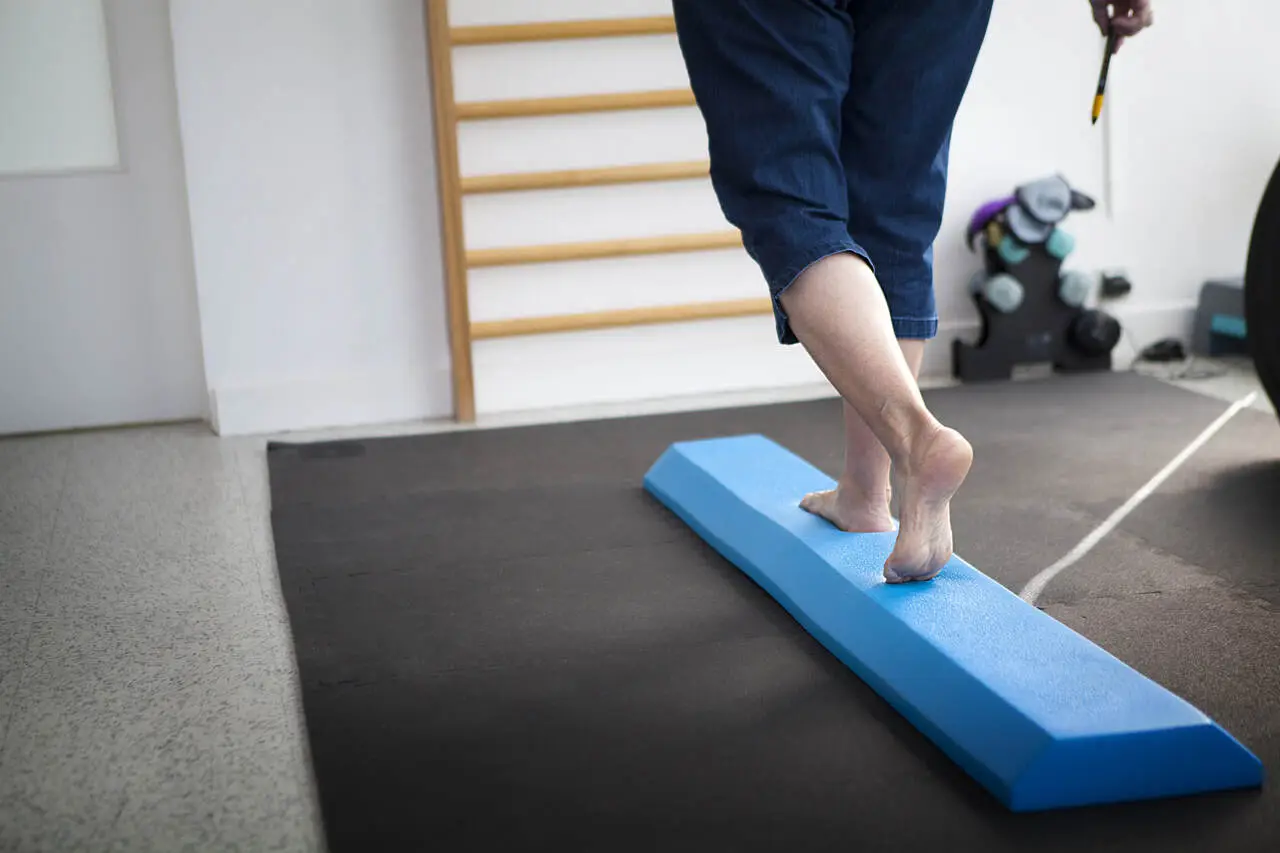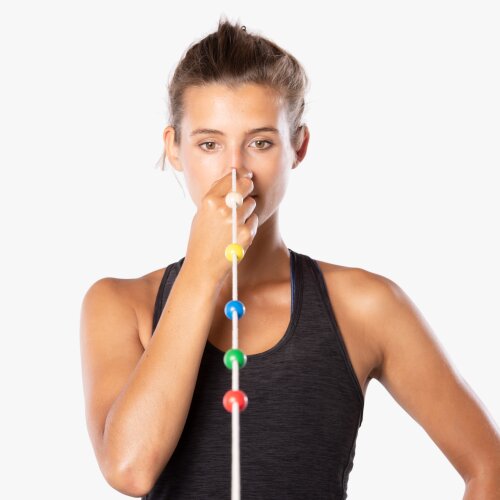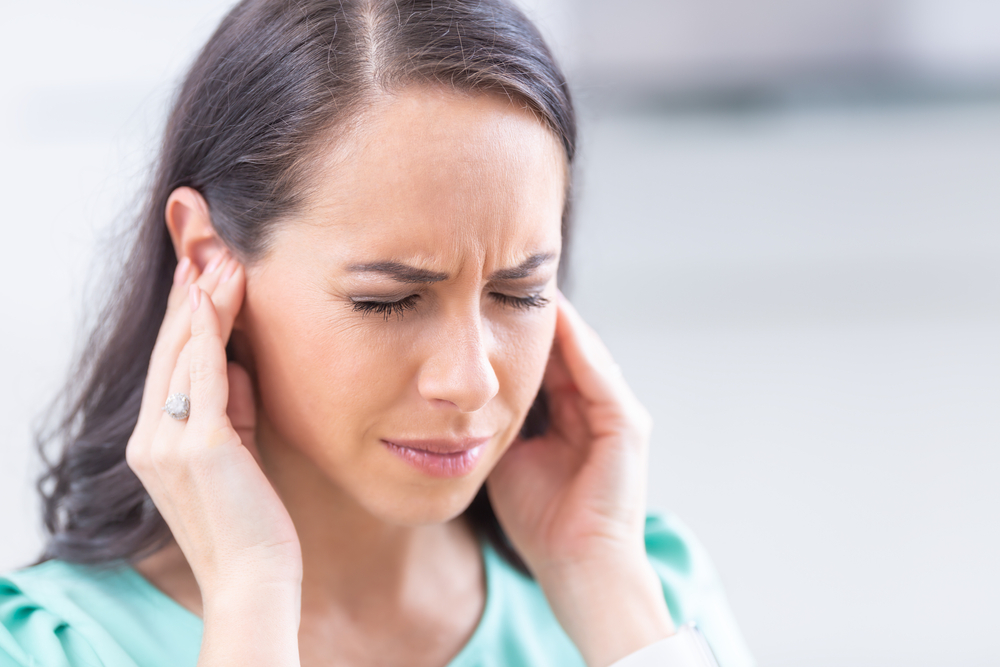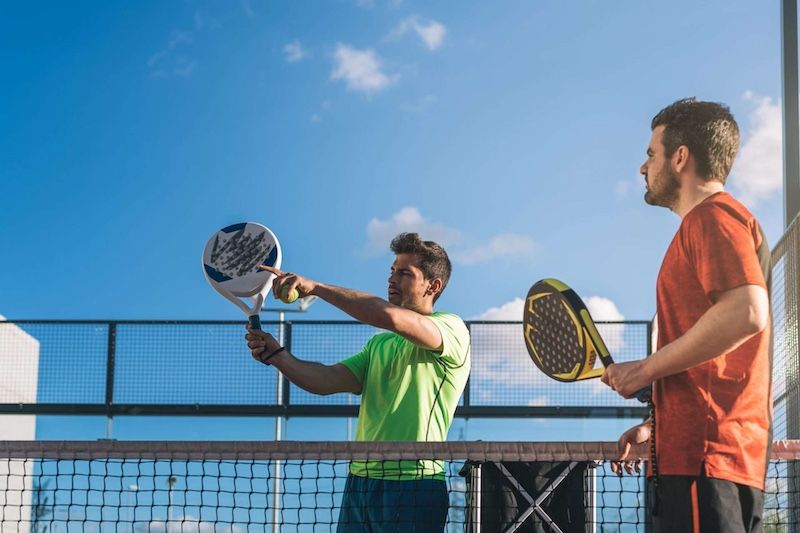Introduction
Running is one of the most popular ways to stay fit and healthy, but it comes with its share of challenges. From knee pain to plantar fasciitis, runners often experience injuries that can slow down their progress or even put them on the sidelines.
As a specialized physiotherapist in Dubai, I help runners prevent common injuries through personalized assessment, targeted exercises, and effective recovery strategies. Whether you’re training for a 10K, a half marathon, or simply running for fitness, prevention is key to staying strong and performing at your best.
Common Running Injuries and How to Prevent Them
- Runner’s Knee (Patellofemoral Pain Syndrome)
Overuse, poor running form, or muscle imbalances often cause pain around the kneecap. Strengthening the quadriceps and hip stabilizers, along with proper running technique, can significantly reduce your risk. - Plantar Fasciitis
Inflammation of the tissue connecting your heel to your toes can cause sharp heel pain, especially in the morning. Prevent it with foot strengthening exercises, proper footwear, and stretching the calves and plantar fascia. - Achilles Tendinitis
A common overuse injury resulting from sudden increases in mileage or intensity. Gradual progression, calf strengthening, and ankle mobility exercises help protect the Achilles tendon. - Shin Splints
Pain along the shinbone can result from repetitive impact or weak lower leg muscles. Correcting running mechanics and incorporating lower leg strength work are essential preventive measures.
Tips to Stay Injury-Free
- Warm up and stretch before each run.
- Include strength training for legs, hips, and core.
- Monitor training load and avoid sudden increases in mileage or intensity.
- Invest in quality running shoes and replace them regularly.
- Listen to your body: persistent pain is a sign to consult a physiotherapist.
Ready to Run Injury-Free?
If you’re a runner in Dubai and want to prevent injuries or recover faster, book a session with me. I provide personalized physiotherapy programs tailored to your running goals, helping you stay strong, efficient, and injury-free.










